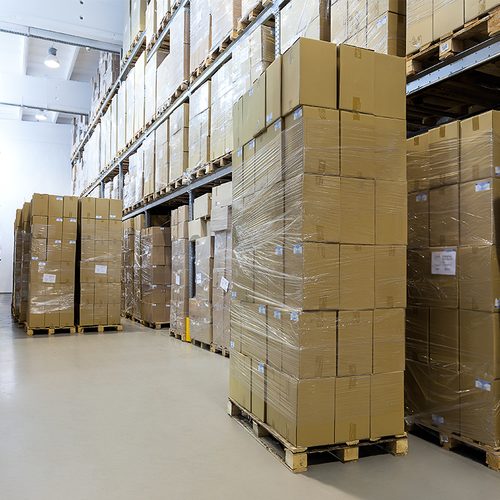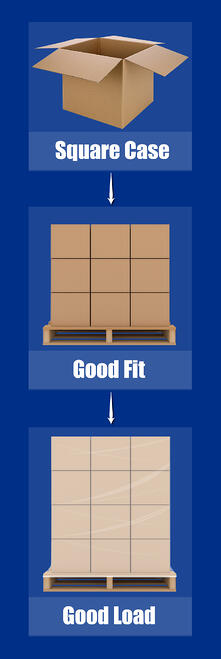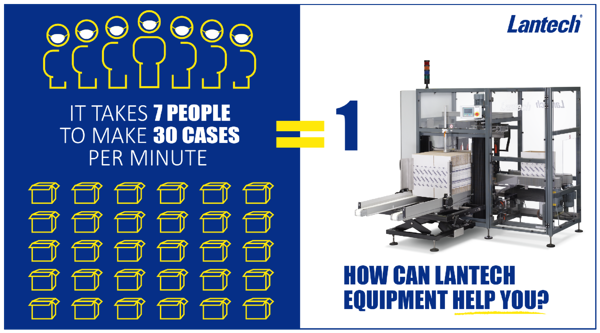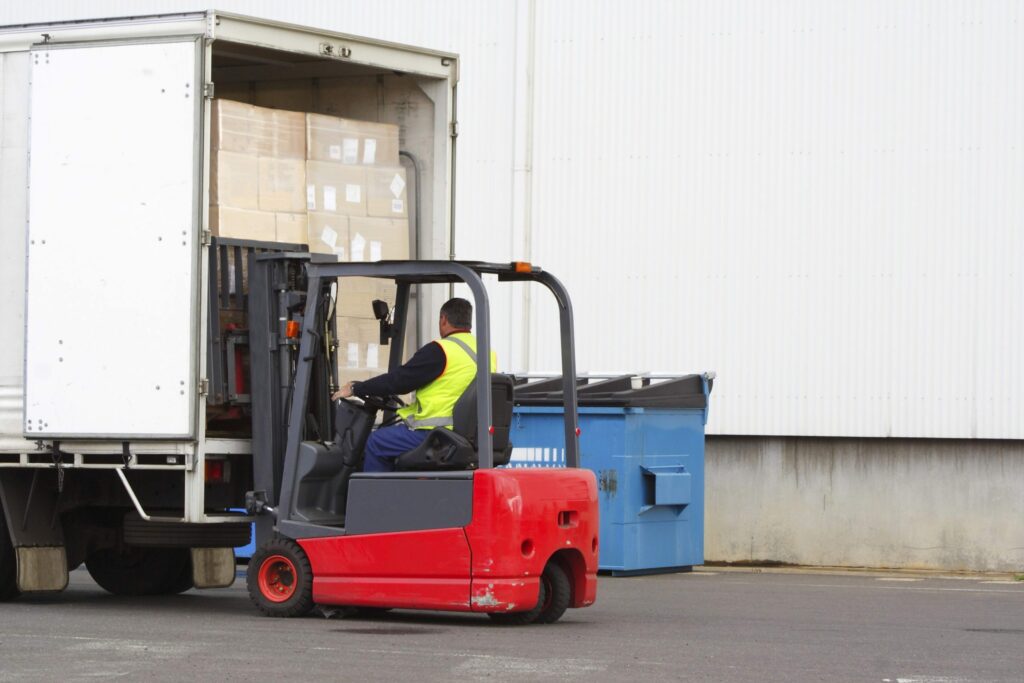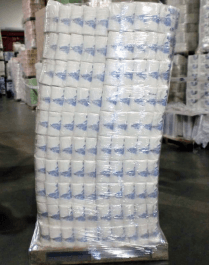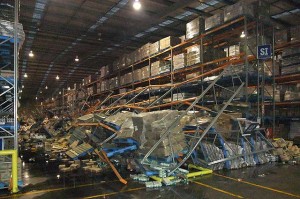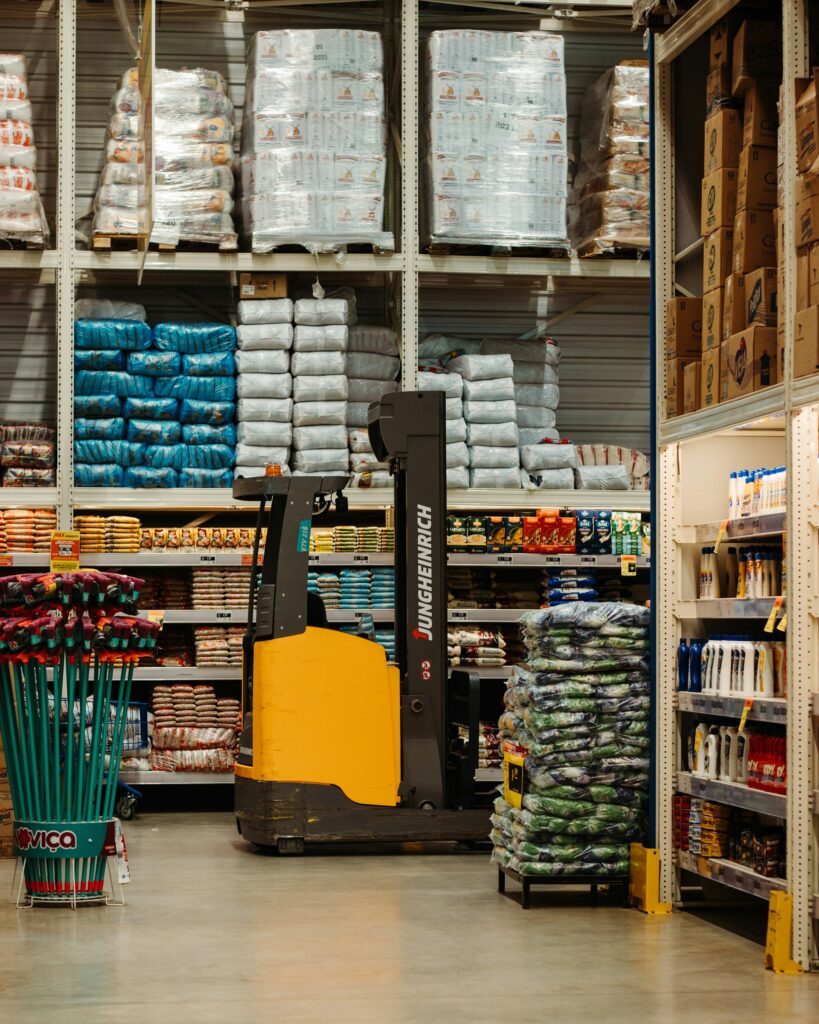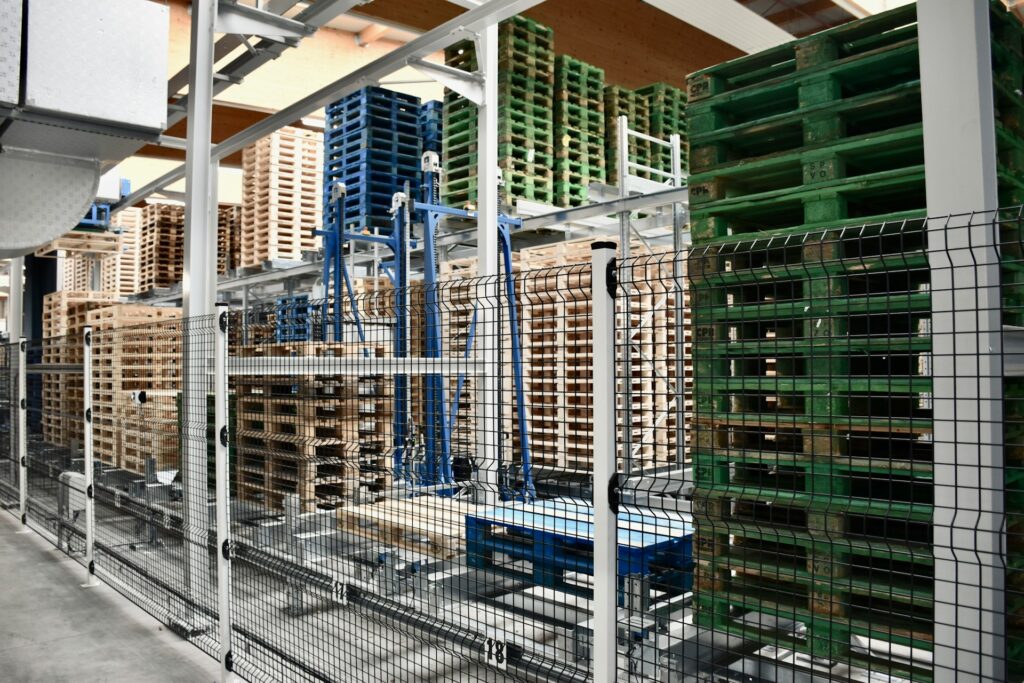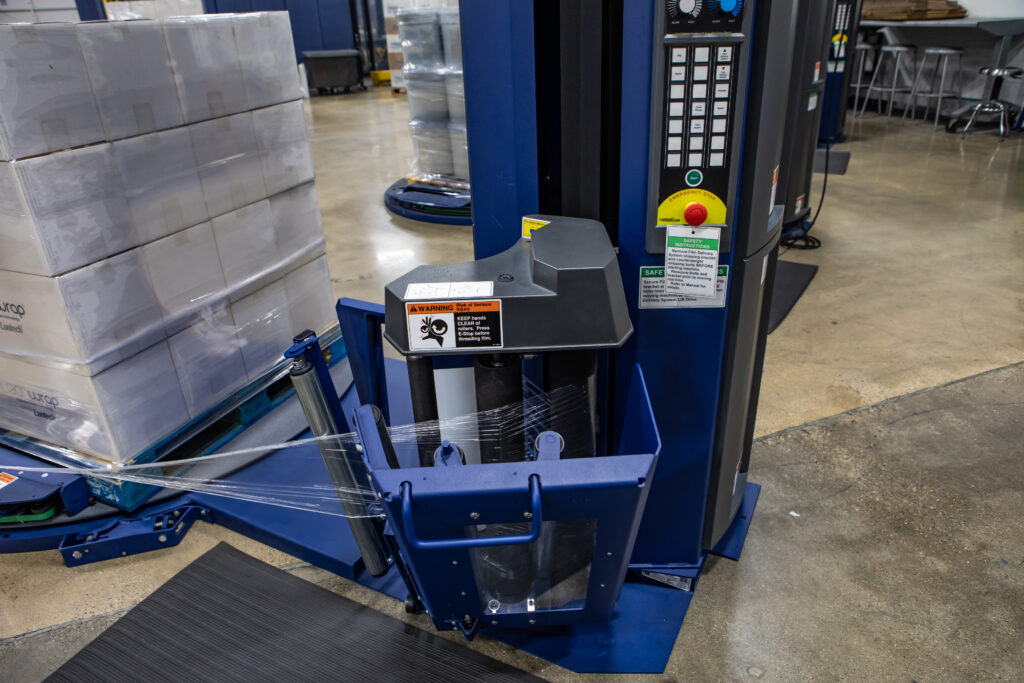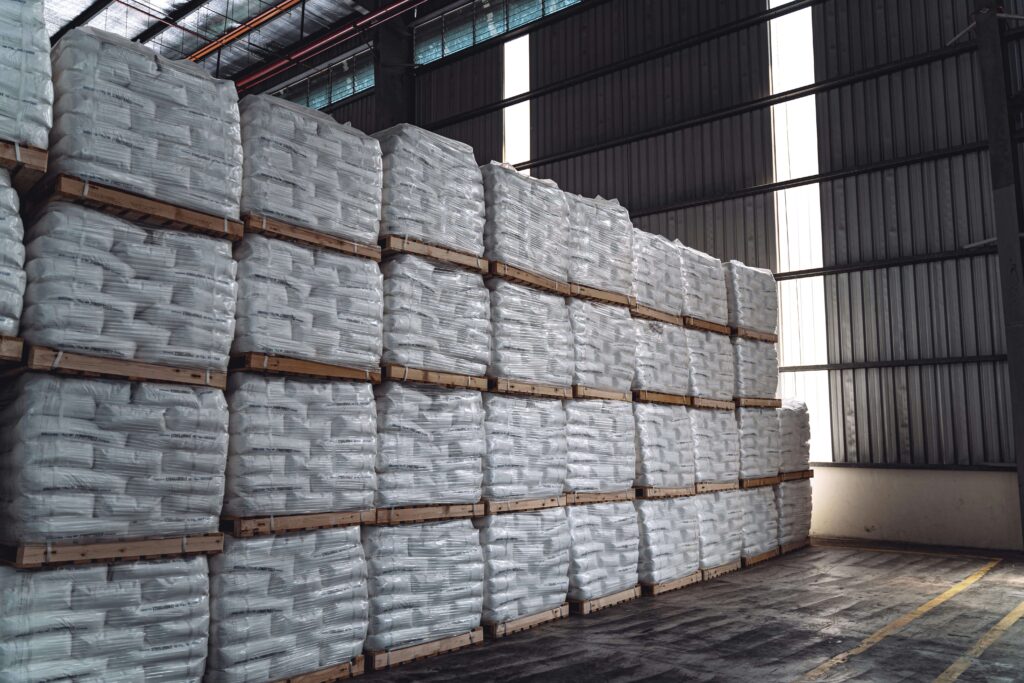Preparation is key to success in almost any endeavor and stretch wrapping is no exception. Like doing the prep work before painting a wall, preparing your load on a pallet is the first step in creating a safe-to-ship load. Here are a few things to keep in mind:
- Use the right size pallet. The edge of the load should not be more than two inches away from the edge of the pallet either in-board or out-board. If the load overhangs the pallet, it’s very susceptible to damage as its being handled. If the load is too far in-board, it’s hard to secure and the exposed corners of the pallet often cause film breaks, which prompts operators to reduce wrap force, which then could lead to load failure.
- Get rid of broken pallets. Cracks in a pallet create sharp edges that tend to puncture film. Stretch wrapper operators don’t like film breaks so, as already noted, they tend to reduce the wrap force as an easy way to reduce or prevent them.
- Stack it strong. Poorly stacked loads are more vulnerable to failure. Boxes whose sides aren’t vertically aligned lose 30 percent of their stacking strength. Make sure you’re boxes are doing their job, protecting your products.
Damage to your products is one of the biggest cost drivers in stretch wrapping and it primarily occurs when loads make their journey from your dock to their destination.
Your first layer of defense against costs associated with damaged products is to palletize your loads properly.
This post was published on August 5, 2015 and updated on September 13, 2017.
August 5, 2015

